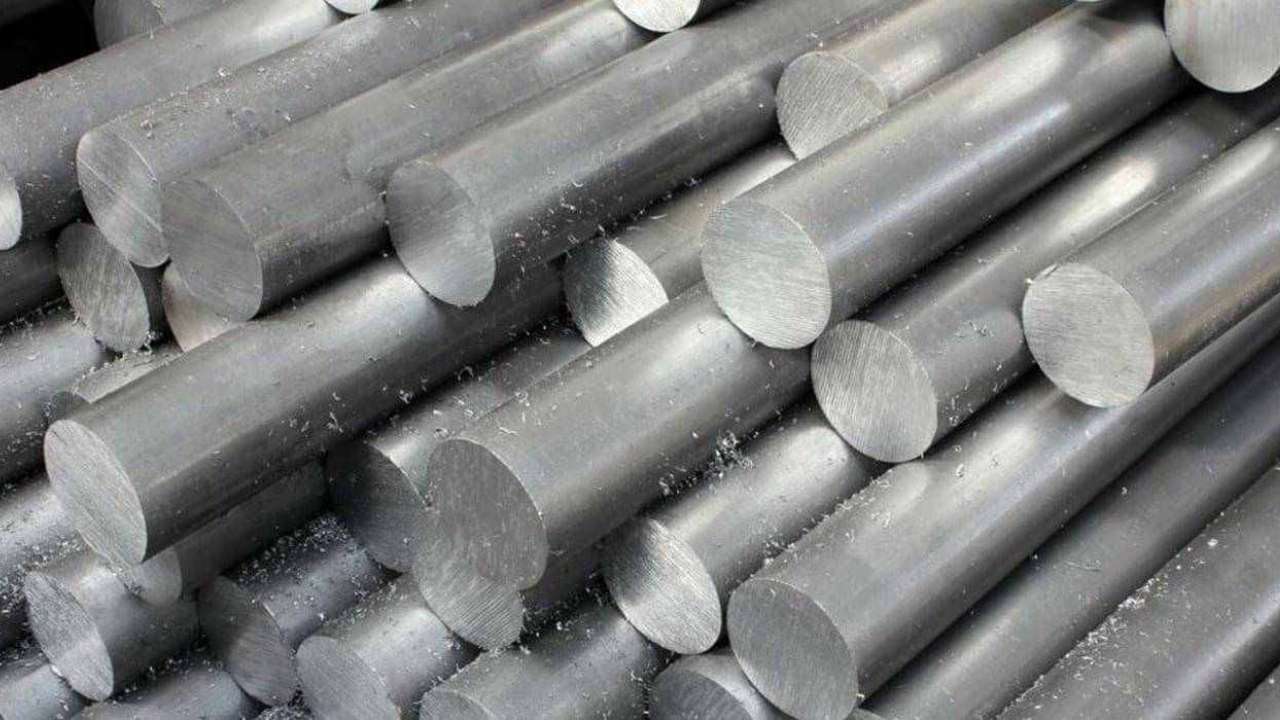7050 grade is a leading choice if you are exploring elevated strength materials for aerospace or structural applications. In this step-by-step guide, learn about 7050 aluminium alloy compositions, features, pros, and uses. It will help you to make the right choice for your project by evaluating durability, mechanical performance, and corrosion resistance.
Understanding 7050 Grade

Unlike most other 7000 series aluminum, 7050 grade is not very sensitive to heat during quenching. It displays better rust resistance, exfoliation resistance, and toughness than standard strength.
It is popular in the aerospace industry with applications for bulkheads, fuselage, and wing skins. Apart from planes and spacecraft, 7050 is also found in defense equipment and top-performance sports goods because it is strong and reliable. However, welding is not used as it weakens the alloy.
Related: Aluminum CNC Machining: Everything You Need to Know
Chemical Composition and Role of Each Element
| Element | Weight Percentage (%) | Function in Alloy |
| Aluminum (Al) | Balance | Base metal |
| Zinc (Zn) | 5.7–6.7 | Increases strength |
| Copper (Cu) | 2.0–2.6 | Strength and fatigue resistance |
| Zirconium (Zr) | 0.08–0.15 | Grain refinement |
| Magnesium (Mg) | 1.9–2.6 | Strength and corrosion resistance |
| Others | Trace | Varies |
Mechanical and Physical Properties of 7050 Aluminum

Mechanical Properties
| Properties | Tensile Strength | Yield Strength | Elongation | Hardness | Modulus of Elasticity |
| Attributes | 510–570 MPa | 430–480 MPa | 10–15% | 150–160 HB | 71 GPa |
o Tensile Strength
The tensile strength lies within the 510–570 MPa range, which is reason enough to consider 7050 aluminum for your needs. It can handle high pulling forces before breaking, which makes it great for structural purposes.
o Yield Strength
The yield strength of this alloy is 430–480 MPa, you can trust it to resist deforming under stress, which is required for high-load applications.
o Elongation
Expect about 10-15% elongation, which makes fabrication easier by giving flexibility. You can create complex objects without cracking while still maintaining strength and structural integrity.
o Hardness
A hardness level of 150–160 HB will make the surface more durable. Since the material resists wear and indentation, it is good for heavy-duty use.
o Modulus of Elasticity
The 71 GPa modulus of elasticity makes 7050 aluminum very inflexible under stress, which is necessary for it to maintain shape in stressful situations.
Physical Properties
| Properties | Density | Melting Point | Thermal Conductivity | Electrical Conductivity | Thermal Expansion |
| Attributes | 2.83 g/cm³ | 475–635°C | 130 W/m·K | 40% IACS | 22.5 µm/m·K |
o Density
You will notice that 7050 aluminum is very light, as it only weighs 2.83 g/cm³, and you can use it in places like the aerospace industry that need lightweight structures.
o Melting Point
The melting range is 475–635°C, giving you a high thermal threshold. It supports you in projects where temperatures need to be raised, such as during heat treatments.
o Thermal Conductivity
You’ll benefit from efficient heat dissipation with a high thermal conductivity of 130 W/m·K. If reliable thermal control and stability are required, this is a good pick.
o Electrical Conductivity
Having 40% IACS means it provides moderate electrical conductivity. You can apply it where electric flow is needed, but it is not the main purpose of the design.
o Thermal Expansion
The thermal expansion rate is 22.5 µm/m·K. This indicates the alloy becomes a bit bigger when heated—this should be kept in mind when doing precision engineering.
Heat Treatment and Other Processing Techniques

- Heat Treatment
Heat treatment makes 7050 aluminum stronger and less likely to corrode. It modifies the alloy’s structure, which is important for making aerospace and critical structural parts.
- Stress relieving
Stress-relieving steps can prevent internal residual stresses after machining or forming. As a result, you maintain dimensional stability and you avoid any twisting or warping in the final product.
- Shot peening:
Shot peening is used to make parts stronger against fatigue. Putting hundreds of small spheres on your sample’s surface adds compressive stresses that help your components last longer under repeated stress cycles.
Related: Aluminum Gears – The Ultimate Guide
Conclusion

If you know aluminium 7050 properties and processing approaches, you can choose and treat this alloy appropriately to make your project achieve optimal strength, durability, and performance in demanding applications. Choose hmaking 7050 aluminum products for your project because it is trusted by many for engineering and manufacturing projects.


